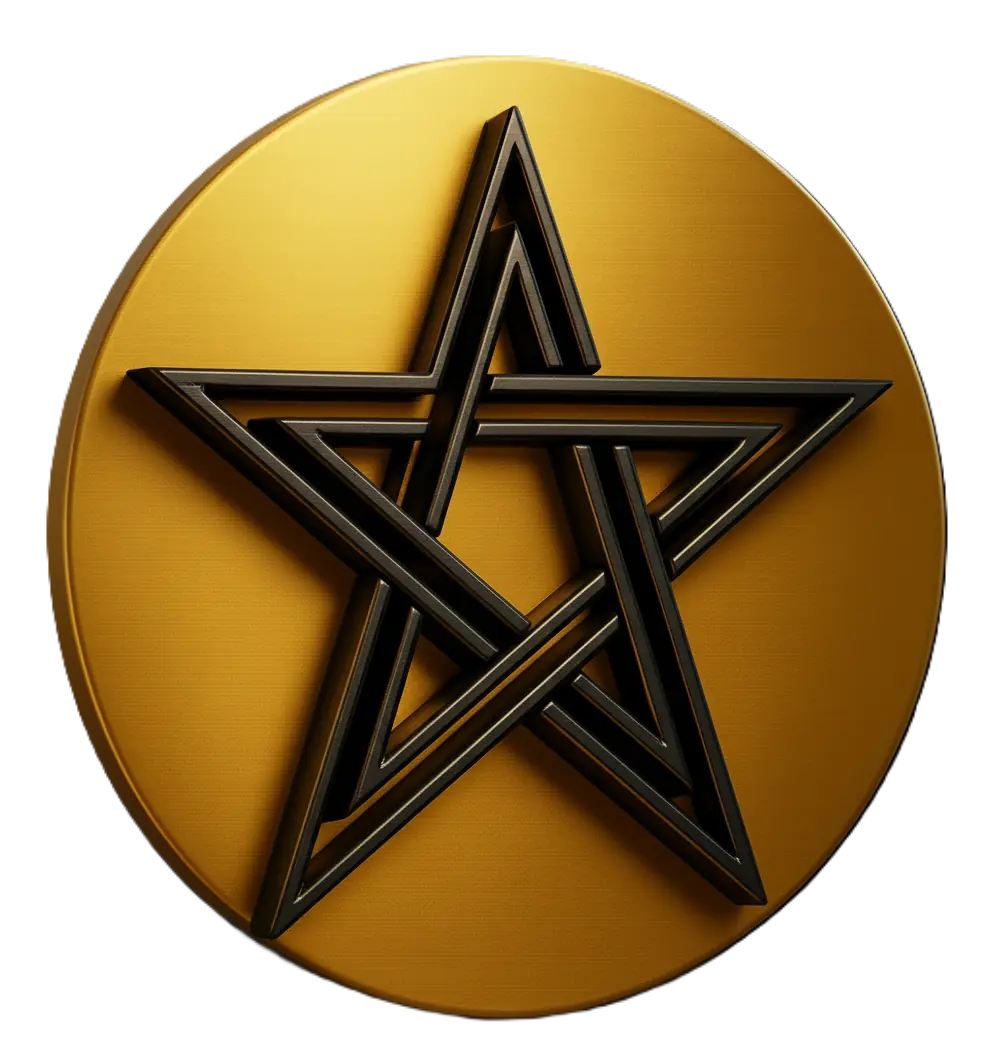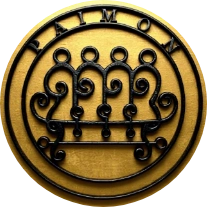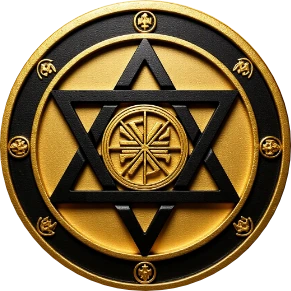A Journey Through Witchcraft History, Traditions, and Modern Practice
- Bran Alder

- Aug 14
- 4 min read
introduction:
Witchcraft, a practice steeped in history and cultural significance, has woven a complex tapestry across societies throughout time. Far from the stereotypical images often portrayed, witchcraft encompasses a diverse array of traditions, beliefs, and practices that hold deep cultural roots and continue to influence modern spirituality. The journey into witchcraft reveals a path of personal discovery, historical context, and evolving community.
A Historical Tapestry of Witchcraft
The history of witchcraft is multifaceted, stretching back to ancient civilizations. In many early societies, figures resembling witches often held roles as healers, diviners, and intermediaries with the spiritual realm. Their knowledge of herbs, natural cycles, and esoteric practices was often valued within their communities. Examples can be found in ancient Egypt with their practitioners, in classical Greece with figures like Hecate associated with magic and crossroads, and amongst the Germanic tribes with their wise women and seers.
The perception of witchcraft took a dramatic turn in the medieval and early modern periods in the West. Fueled by religious fervor, social anxieties, and political motivations, witch hunts led to the persecution and execution of countless individuals, predominantly women. This dark chapter has unfortunately shaped much of the popular imagination surrounding witchcraft, often overshadowing its deeper historical roots and diverse expressions.
However, even during these times of persecution, folk magic traditions persisted in many rural communities. These practices often involved herbal remedies, charms for protection or good fortune, and rituals connected to agricultural cycles and local deities or spirits. This demonstrates the enduring presence of witchcraft as a form of folk spirituality and practical magic deeply intertwined with everyday life.

Diverse Traditions and Cultural Significance of Witchcraft
The traditions of witchcraft are incredibly diverse, reflecting the unique cultural contexts in which they developed. Indigenous cultures around the world have their own forms of traditional magic and spiritual practices that could be considered witchcraft by some definitions. These often involve a deep connection to the land, reverence for ancestors, and communication with spirits through rituals, shamanic journeys, and other practices. For example, the spiritual practices of many First Nations in Canada involve complex relationships with the spirit world and the use of traditional medicines.
In Europe, alongside folk magic, various streams of esoteric and ceremonial magic have existed for centuries, often drawing on Hermetic, Kabbalistic, and astrological traditions. These practices often involve more structured rituals, the use of specific tools, and a focus on personal transformation and spiritual enlightenment.
The cultural importance of witchcraft is evident in folklore, mythology, and artistic representations across different societies. From the fairy tales featuring wise women or malevolent sorceresses to the symbolic use of imagery in art and literature, witchcraft has served as a powerful archetype reflecting societal fears, desires, and understandings of the unknown. In some cultures, traditional healers and diviners who might be labeled as witches in other contexts continue to play important roles in community well-being and spiritual guidance.
Witchcraft Today: A Modern Renaissance
Today, witchcraft is experiencing a significant revival and transformation. Modern witchcraft is a vibrant and diverse movement that draws inspiration from historical traditions, folklore, and individual spiritual exploration. For many modern witches, it is a spiritual path focused on personal empowerment, connection with nature, and the practice of spell casting to effect positive change in their lives and the world around them.
There is no single authority or dogma in modern witchcraft. Practitioners often follow individual paths or belong to covens or groups with varying beliefs and practices. Some contemporary witches identify with Wicca, a modern pagan religion that emerged in the mid-20th century and emphasizes reverence for a God and Goddess, the Wheel of the Year, and ethical magical practice. Others may identify as eclectic witches, drawing from various traditions and creating their own unique blend of practices. Solitary practitioners are also common, forging their own path of magical and spiritual development.
Modern witchcraft encompasses a wide range of practices, including spell casting (focused intention to manifest desired outcomes), divination (using tools like tarot cards, scrying mirrors, or runes to gain insight), herbalism, energy work, ritual, and communion with deities or spirits. The emphasis is often on working in harmony with nature, honoring the cycles of the moon and seasons, and cultivating a sense of personal agency and responsibility.
Influence on Modern Spirituality
The resurgence of witchcraft has had a notable influence on modern spirituality. It has contributed to the growth of the broader pagan and New Age movements, fostering interest in earth-based religions, goddess spirituality, and alternative forms of healing and self-discovery.
Modern witchcraft's emphasis on personal empowerment and the divine feminine has resonated with many individuals seeking spiritual paths outside of traditional patriarchal structures. The focus on intuition, personal experience, and the interconnectedness of all things aligns with many contemporary spiritual values.
Furthermore, the visibility of modern witches online and in popular culture has helped to challenge negative stereotypes and promote a more nuanced understanding of witchcraft as a legitimate spiritual practice. The open sharing of information and experiences has fostered a sense of community and support among practitioners worldwide.
Conclusion
Witchcraft is far more than the caricature often presented in popular media. It is a rich tapestry of historical traditions, diverse cultural expressions, and evolving modern practices. By understanding its history, appreciating its cultural significance, and recognizing the positive aspects of its contemporary forms, we can move beyond stereotypes and gain a deeper appreciation for the multifaceted world of witchcraft and its enduring influence on spirituality. The journey of witchcraft continues, shaped by the wisdom of the past and the evolving needs and aspirations of those who walk its diverse paths.







Comments